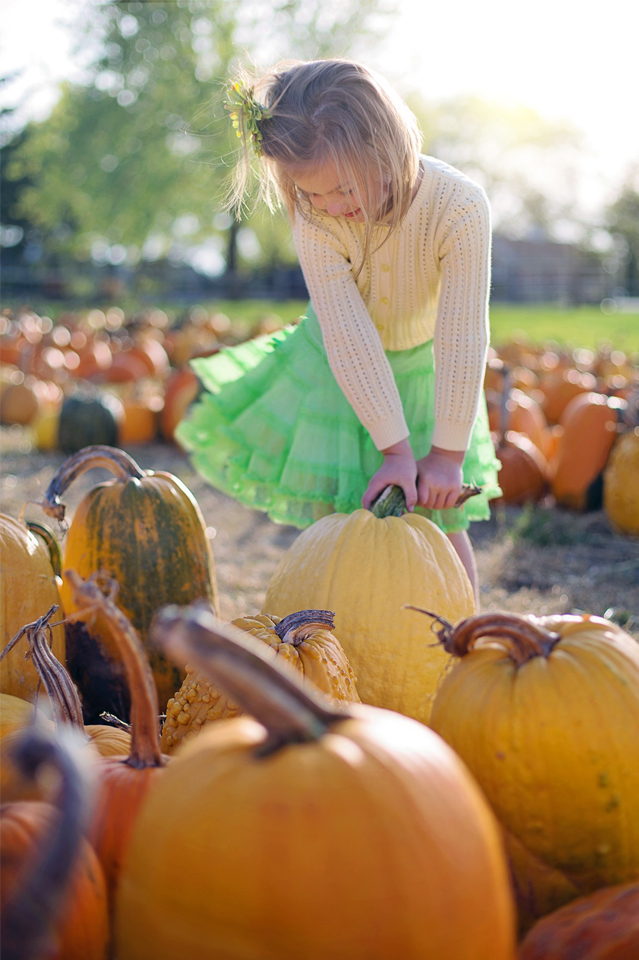

As fall begins, the excitement of Halloween and Thanksgiving will be growing with your young child. Pumpkins are a common theme across many autumnal activities and such activities can help your child’s expressive, receptive, and pragmatic language blossom. Pumpkins have been used for decorating and cooking for centuries and can also be used as a tool to help nurture your child’s language development. Did you know the largest pumpkin on record weighed in at 1,800 lbs? Showing your child pictures of giant pumpkins, going to a local pumpkin patch, or bringing home a pumpkin to decorate will open the door to questions and comments about this fall staple. Your child will enjoy learning all about this seasonal gourd and the activities are endless.
Listed below you will find some examples to help increase specific language areas or general activities that will aid in many areas of language development.
Receptive Language:
- Have your child follow one-or-two-step verbal directions to decorate a pumpkin
- Read pumpkin stories and ask your child basic who, what, when, where questions. Some great pumpkin-themed books include The Roll-Away Pumpkin by Junia Wonders, How Big Could Your Pumpkin Grow? by Wendell Minor, and How Many Seeds are in a Pumpkin? by Margaret McNamara.
Expressive Language:
- Help your child list the steps necessary to carve a pumpkin or explain how they want to decorate it.
Example: Step 1. Have mom or dad cut open the pumpkin. Step 2. Use a spoon to clean out the inside of the pumpkin. Step 3. Put the pumpkin insides on a baking sheet. Step 4. Draw a face on the pumpkin. Step 5. Have mom or dad carve out the face on the pumpkin. Step 6. Place a candle inside the pumpkin to see the face light up. - Label items in the pumpkin books mentioned above. Examples: pumpkin patch, scarecrow, birds, boy, girl, teacher, moon, etc.
Pragmatic Language:
- Identify and discuss the various emotions carved/drawn on pumpkins
- Have your child tell others what they like about their pumpkins
Sensory Exploration:
- Putting hands inside the pumpkin to feel the “guts” and explore new textures
- Make pumpkins out of orange and green play-doh or moon sand
- Use various mini pumpkins or pumpkin toys in a water bin to see if they sink or float
Literacy and Letter Identification:
- “P is for Pumpkin” activity.
Example: give your child a paper full of various spaced-out letters, similar to a word search. Using an orange dot marker and have your child dot all the P’s they can find.
Music:
- Sing the song “5 Little Pumpkins” to target counting and holiday vocabulary

Blue Bird Day fosters socialization, sensory regulation, and pre-academic learning in children ages 2-7 years in therapeutic rotations that simulate preschool and kindergarten settings. Our compassionate therapists practice a relationship-based and family-centered approach, provide parent training, and collaborate on goals and individualized intensive treatment plans for your child.
We believe in a collaborative and multi-disciplinary team approach to therapy. A team of occupational therapists, speech-language pathologists, dietitians, developmental therapists, behavioral therapists, physical therapists, and therapeutic assistants are created for each child to ensure child and family are fully supported and the best possible results are achieved.
Options for individualized, group and virtual therapy sessions are available as well.
Want to learn more or you have a specific question? Feel free to connect with us here!



